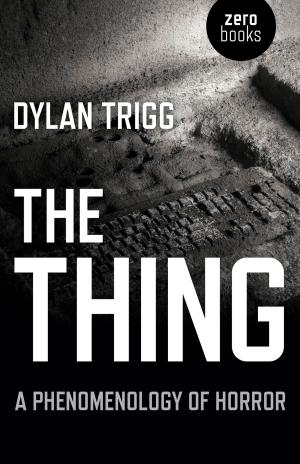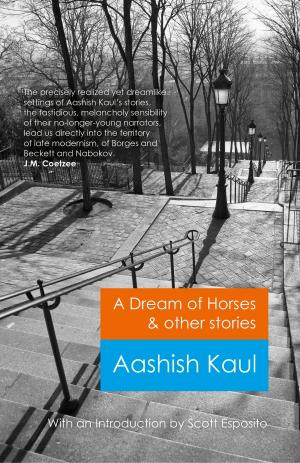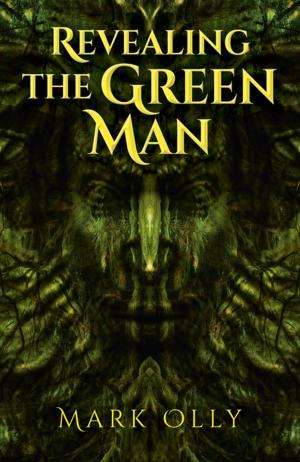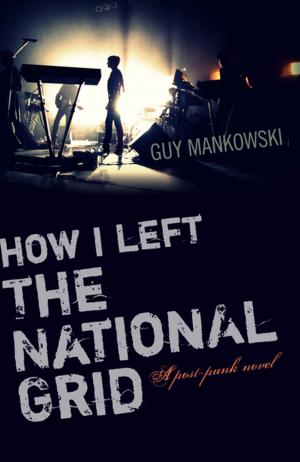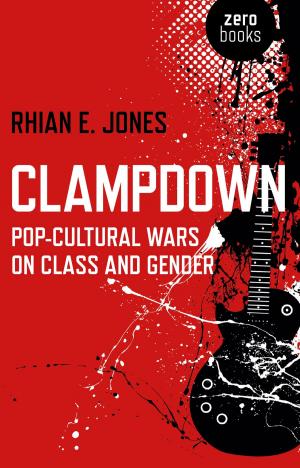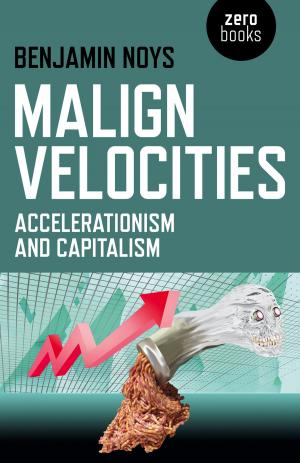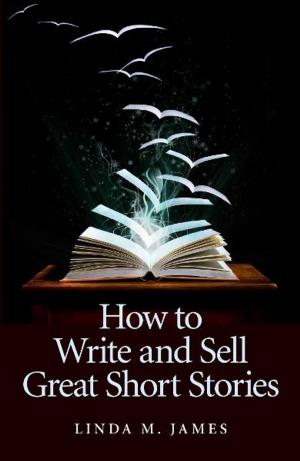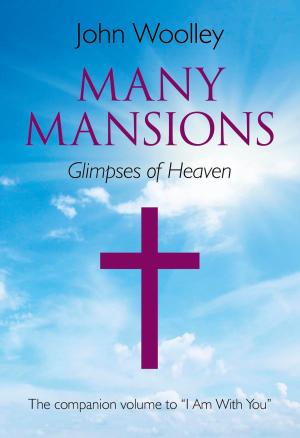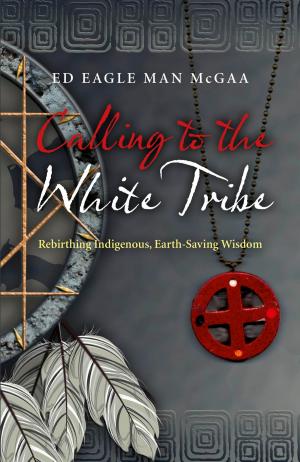| Author: | Nicholas Hagger | ISBN: | 9781780997117 |
| Publisher: | John Hunt Publishing | Publication: | November 25, 2016 |
| Imprint: | O-Books | Language: | English |
| Author: | Nicholas Hagger |
| ISBN: | 9781780997117 |
| Publisher: | John Hunt Publishing |
| Publication: | November 25, 2016 |
| Imprint: | O-Books |
| Language: | English |
Nicholas Hagger’s Collected Stories covered five volumes containing 1,001 very short stories detailing five decades (from the 1960s to the 2000s) in the life of Philip Rawley, whose demise was misleadingly announced at the end of the fifth volume. This sixth volume contains 201 stories and deals with the chill of winter, impending old age. These mini-stores present a wide range of characters, and their follies and flaws. They offer a complete literary experience in a page or two, and their combination of opposites derives its inspiration from the 17th century: Dr Johnson’s description in his ‘Life of Cowley’ of the wit of the Metaphysical poets as “a combination of dissimilar images” in which “the most heterogeneous ideas are yoked by violence together”. They are verbal paintings that present an image in action and reveal a poet’s eye for significant detail. Hagger’s stories are innovatory in their brevity. They are imagistic, economical and vivid, and cumulatively reflect the Age. They are ideal for short concentration spans: reading on journeys or in bed. Individual stories drop into the consciousness like a stone into a well, leaving the mind to reflect on the ripples. These imaginative stories in clean prose make excellent reading and contain memorable images and studies of character.
Nicholas Hagger’s Collected Stories covered five volumes containing 1,001 very short stories detailing five decades (from the 1960s to the 2000s) in the life of Philip Rawley, whose demise was misleadingly announced at the end of the fifth volume. This sixth volume contains 201 stories and deals with the chill of winter, impending old age. These mini-stores present a wide range of characters, and their follies and flaws. They offer a complete literary experience in a page or two, and their combination of opposites derives its inspiration from the 17th century: Dr Johnson’s description in his ‘Life of Cowley’ of the wit of the Metaphysical poets as “a combination of dissimilar images” in which “the most heterogeneous ideas are yoked by violence together”. They are verbal paintings that present an image in action and reveal a poet’s eye for significant detail. Hagger’s stories are innovatory in their brevity. They are imagistic, economical and vivid, and cumulatively reflect the Age. They are ideal for short concentration spans: reading on journeys or in bed. Individual stories drop into the consciousness like a stone into a well, leaving the mind to reflect on the ripples. These imaginative stories in clean prose make excellent reading and contain memorable images and studies of character.

